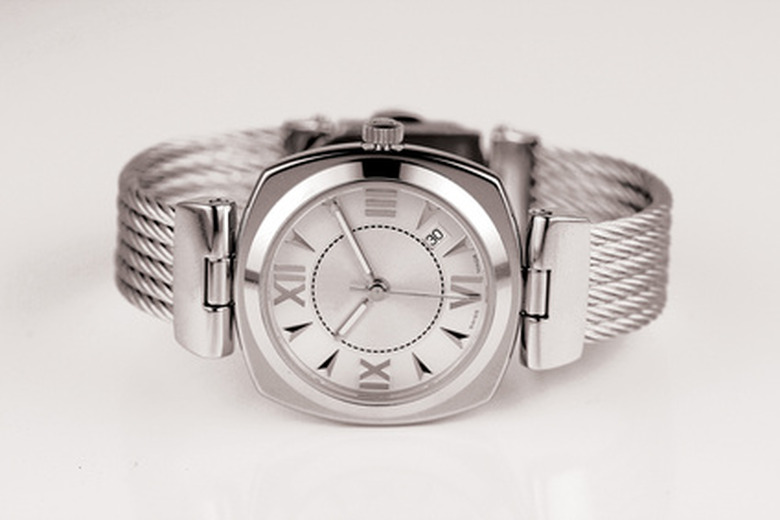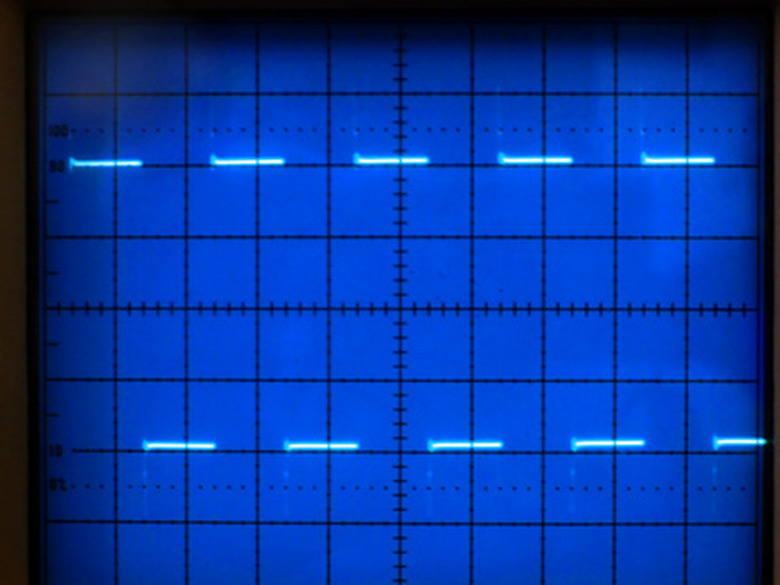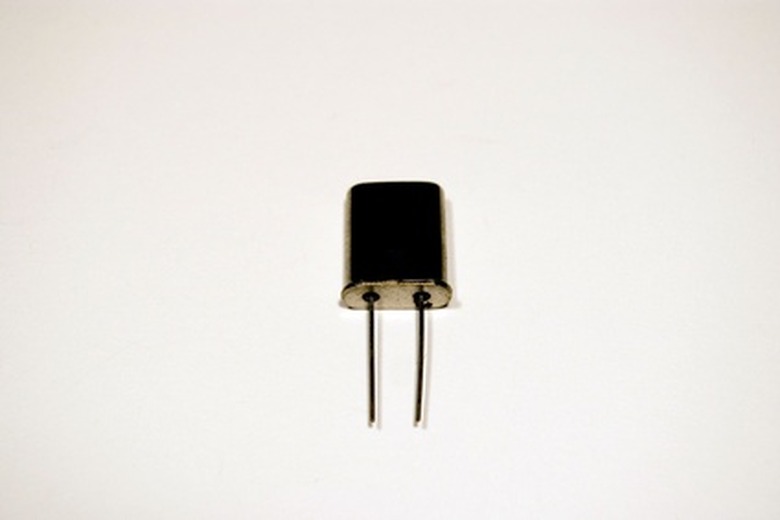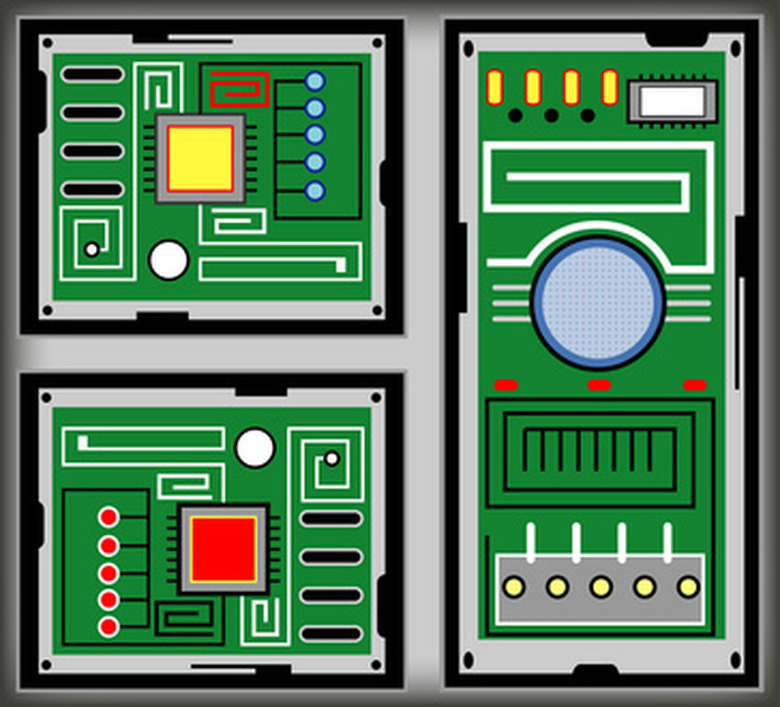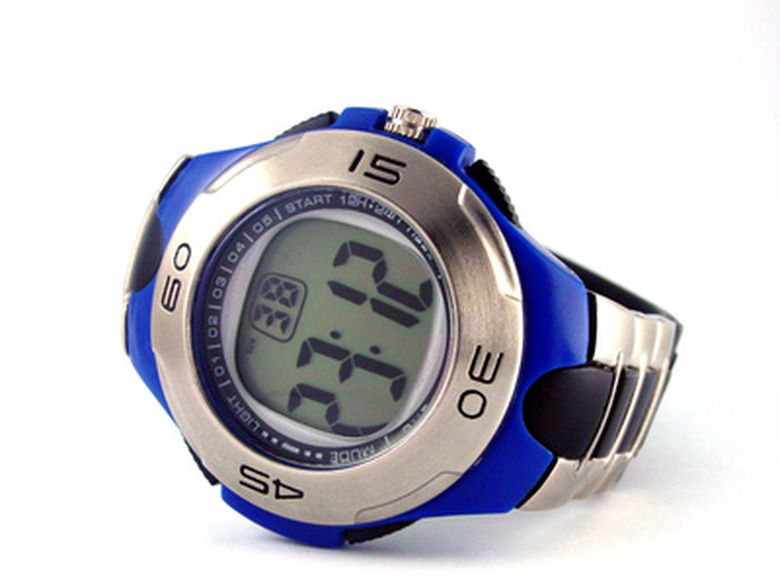What Is Quartz Movement In Watches?
Many watches are equipped with a quartz movement, which provides very accurate timekeeping at a minimal cost. Quartz crystals, common in many electronic devices, provide a consistent way of measuring time over a wide range of environmental conditions. The battery that powers most quartz-movement watches can last years due to the crystal's energy efficiency.
Theory of Operation
Theory of Operation
The quartz crystal creates a constant set of pulses, typically at a rate of 32,768 oscillations per second (Hz). An electronic circuit monitors this stream of pulses and outputs one pulse for every 32,768 input pulses it receives. This output pulse is now at a frequency of one pulse per second and is the time reference for the watch. The display updates once each second.
Quartz Crystal
Quartz Crystal
A quartz crystal is a small piece of either fabricated or naturally occurring silicon dioxide. This crystal is a specific size and orientation and has well-defined physical properties. Silicon dioxide has a piezoelectric property, meaning that it vibrates when exposed to an electric voltage. The vibration depends on the cut of the crystal, and is very stable despite changes in temperature.
Oscillator Circuit
Oscillator Circuit
When connected to a quartz crystal, an oscillator circuit generates a steady stream of pulses based on the crystal's characteristic frequency. For a watch, a frequency of 32.768 kHz is common. A battery powers the oscillator circuit that provides a constant frequency output independent of temperature, voltage fluctuations or movement of the watch.
Divide-by Circuit
Divide-by Circuit
The output of the oscillator feeds into a circuit called a counter. This circuit counts the number of input pulses it receives, and issues a single output pulse when it reaches a pre-determined value. For the 32.768 kHz example, a 15-bit counter is used. A 15-bit counter produces one output pulse for every 32,768 input pulses it receives, and therefore outputs one pulse per second.
Time Display
Time Display
The time display of a quartz-movement watch may be analog or digital. For an analog display, a small stepper motor moves the second hand 1/60th of the watch's circumference for each pulse. A digital display updates the display's seconds digits by one for each pulse.
References
Cite This Article
MLA
Hazleton, Andrew. "What Is Quartz Movement In Watches?" sciencing.com, https://www.sciencing.com/quartz-movement-watches-6606742/. 24 April 2017.
APA
Hazleton, Andrew. (2017, April 24). What Is Quartz Movement In Watches?. sciencing.com. Retrieved from https://www.sciencing.com/quartz-movement-watches-6606742/
Chicago
Hazleton, Andrew. What Is Quartz Movement In Watches? last modified March 24, 2022. https://www.sciencing.com/quartz-movement-watches-6606742/
